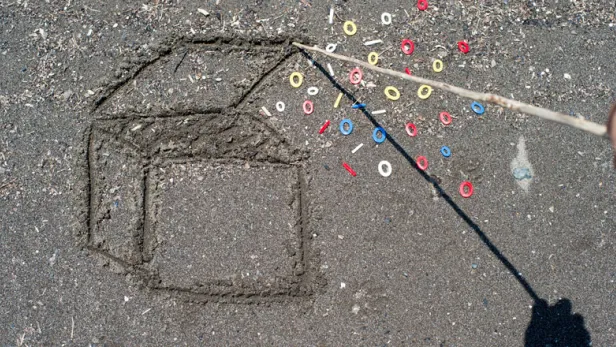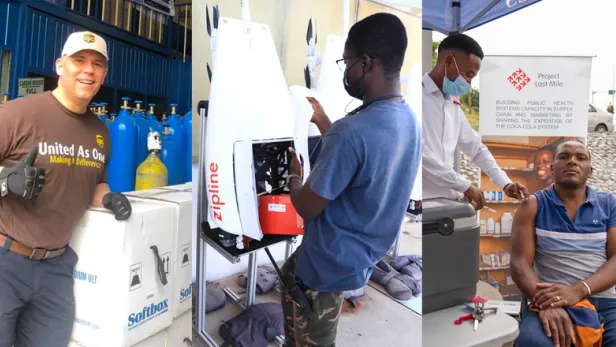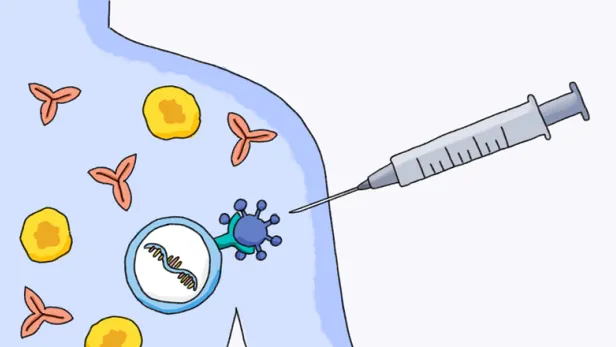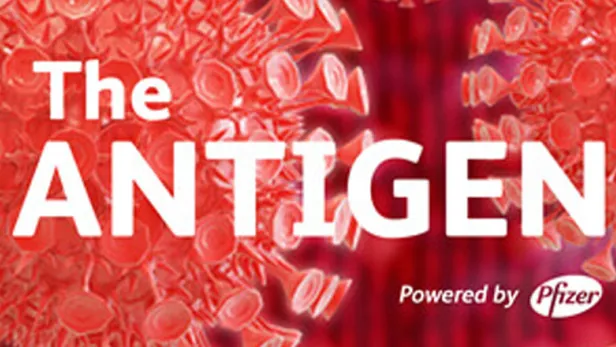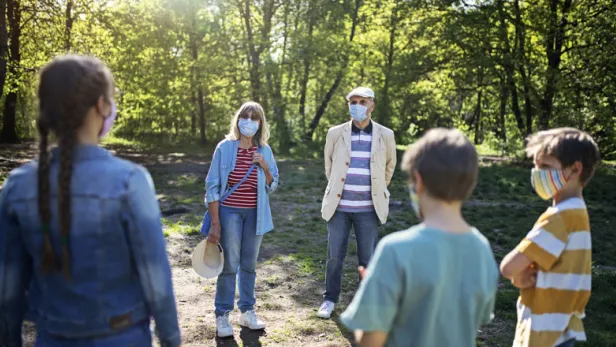Coronavirus disease (COVID-19) Resources
While we continue to see the devastating impact of the coronavirus pandemic around the world, we are committed to helping keep people safe and informed. Learn about SARS-CoV-2, the virus that causes COVID-19; what you can do to stay safe and prevent the spread; and our scientific efforts that we hope will help bring an end to the current global health crisis.
- What is Coronavirus?
Coronaviruses are a large family of viruses, some of which cause respiratory illnesses in humans ranging from common colds to more severe conditions such as Severe Acute Respiratory Syndrome (SARS) and Middle Eastern Respiratory Syndrome (MERS).1
'Novel coronavirus' is a new, previously unidentified strain of coronavirus. The novel coronavirus involved in the current outbreak has been named SARS-CoV-2 by the World Health Organization (WHO). 3The disease it causes has been named “coronavirus disease 2019” (or “COVID-19”). 1,2
Sources
- 1Q&A on coronaviruses. World Health Organization. https://www.who.int/news-room/q-a-detail/q-a-coronaviruses. Accessed 28 Feb. 2020
- 2WHO Director-General's remarks at the media briefing on 2019-nCoV on 11 February 2020. World Health Organization. https://www.who.int/dg/speeches/detail/who-director-general-s-remarks-at-the-media-briefing-on-2019-ncov-on-11-february-2020. Accessed 14 Feb. 2020.
- How does the virus spread?
COVID-19 can spread from person to person usually through close contact with an infected person or through respiratory droplets that are dispersed into the air when an infected person coughs, sneezes talks or sings. Droplets can land in the mouths or noses of people who may be close by. Spread is more likely when people are within 6 feet of distance of each other.
COVID-19 seems to be spreading easily and sustainably in the community in many areas that are affected. This is referred to as community spread which means people have been infected with the virus and may then pass it on to others they come in contact with.
Sources
- 1Q&A on coronaviruses. World Health Organization. https://www.who.int/news-room/q-a-detail/q-a-coronaviruses. Accessed 28 Feb. 2020
- 2FAQ: Spread and transmission. Centers for Disease Control and Prevention. https://faq.coronavirus.gov/spread-transmission/.
- Where has COVID-19 spread to?
As of November 3, 2020, 216 countries and territories have reported about 47.6 million COVID‑19 cases and 1.2 million deaths since China reported its first cases to the World Health Organization (WHO) in December of 2019.
Source
- 3Tracking coronavirus’ global spread. CNN. https://www.cnn.com/interactive/2020/health/coronavirus-maps-and-cases/.
- What are the symptoms?
People with COVID-19 may have symptoms that range from mild to severe. Symptoms may appear 2-14 days after exposure to the virus. But keep in mind that up to 40% of people infected with the virus may have no symptoms at all. For those who do become symptomatic, the most common symptoms of COVID-19 include:
- Fever or chills
- Cough
- Shortness of breath or difficulty breathing
- Fatigue
- Muscle or body aches
- Headache
- New loss of taste or smell
- Sore throat
- Congestion or runny nose
- Nausea or vomiting
- Diarrhea
Sources
- 4Symptoms of Coronavirus. The Centers for Disease Control and Prevention. https://www.cdc.gov/coronavirus/2019-ncov/about/symptoms.html.
- How to protect yourself from coronavirus
Practicing good hygiene is very important and is the best way to protect others and yourself.
When possible maintain at least a 1-meter or 6-foot distance between yourself and others. Since some infected persons may not yet be exhibiting symptoms or their symptoms may be mild, maintaining a physical distance with everyone is a good idea.
To help prevent getting COVID 19:
- Wash your hands often with soap and water for at least 20 seconds especially after you have been in a public place, or after blowing your nose, coughing, or sneezing.
- Avoid close contact. Put 6 feet of distance between you and any person when outside your house.
- Cover your mouth and nose with a mask or cloth face cover when around others at all times.
- Cover coughs and sneezes with a tissue or use the inside of your elbow.
- Clean and disinfect frequently touched surfaces daily. This includes tables, doorknobs, light switches, countertops, handles, desks, phones, keyboards, toilets, faucets, and sinks.
- Monitor your health daily and follow CDC guidance if symptoms develop.
Sources
- 1Q&A on coronaviruses. World Health Organization. https://www.who.int/news-room/q-a-detail/q-a-coronaviruses. Accessed 28 Feb. 2020
- 5How to Protect Yourself & Others. The Centers for Disease Control and Prevention. https://www.cdc.gov/coronavirus/2019-ncov/prevent-getting-sick/prevention.html.
- What to do if you suspect you are infected?
If you have a fever, cough, or other symptoms, you might have COVID-19. Most people have mild illness and are able to recover at home. If you think you may have been exposed to COVID-19, contact your healthcare provider.
Keep track of your symptoms because things could get worse quickly. If you have an emergency warning sign (including trouble breathing), get emergency medical care immediately.
Source
- 6What to Do If You Are Sick With Coronavirus Disease 2019 (COVID-19). The Centers for Disease Control and Prevention. https://www.cdc.gov/coronavirus/2019-ncov/about/steps-when-sick.html. Accessed March 2, 2020
For additional information about Pfizer, please see our filings with the U.S. Securities and Exchange Commission, including the information provided in the sections captioned “Risk Factors” and “Forward-Looking Information and Factors That May Affect Future Results”.

